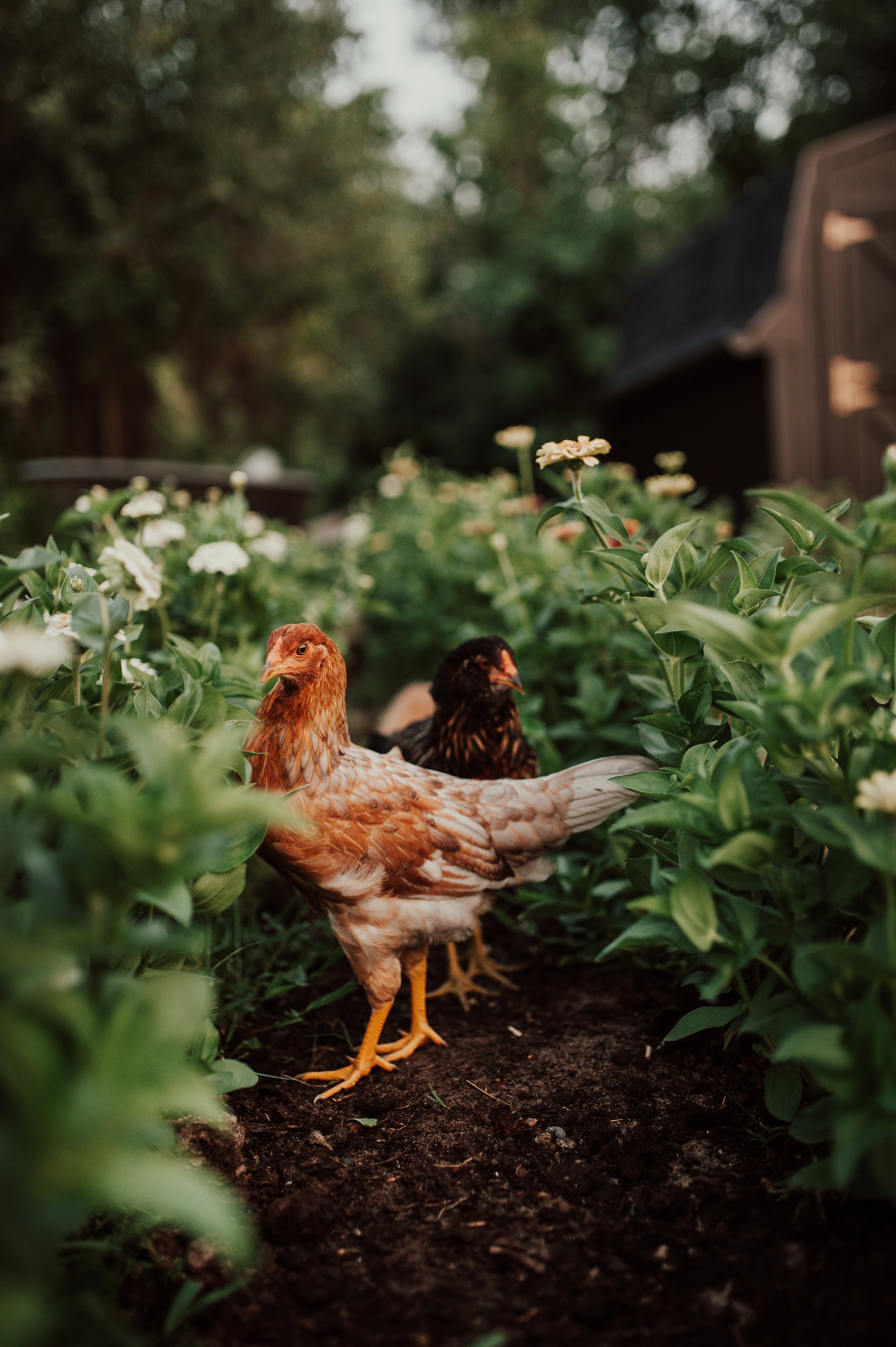Garden Tips: Tulips and Dahlias
When to plant + how to store them: bulbs + tubers
Tulips, crocus, daffodils, dahlias, gladiolas—oh my!
With my tulips now spent for the year, it's time to consider their future. While I could simply trim off the tops and let the bulbs hibernate in the ground until next spring (particularly in my Zone 4 Minnesota climate), I've always preferred to unearth them and tuck them away for the summer months.
Before we delve into this process, let's distinguish between two types of flowering plants: hardy bulbs and tender bulbs, also known as tubers.
Hardy bulbs—think tulips, irises, and daffodils—are the resilient souls of the garden. Planted in the fall, they rely on the cold embrace of winter to stir them awake for their spectacular spring displays. While they can withstand winter slumber in the earth, I prefer to lift and store them, perhaps due to my penchant for rearranging or placing them in different containers. This method I'm about to demonstrate with my tulips is handy not only for now but also for flowers like dahlias and gladiolas when autumn rolls around.
On the other hand, tender bulbs, exemplified by the enchanting dahlia and gallant gladiola, follow a different rhythm. Planted in the spring, they burst into summer splendor, enchanting the garden with their vibrant hues. But as autumn looms, it's time to prepare them for their winter retreat. Unlike their hardy counterparts, these beauties cannot weather the cold in the ground and require shelter during the colder months. Fear not, for the method I'm about to share will guide you in safely storing them until it's time for their triumphant return in spring.
Storing bulbs and tubers two ways (one was Grandma approved).
Method 1: The traditional approach.
For this method, I opt for a trusty, weathered wooden box. Lining it with kraft paper provides a protective barrier. Next comes a layer of pine shavings, sourced from the clean confines of the chicken coop. The key here is to maintain a balance—enough shavings to absorb moisture and promote drying, but not so much as to invite mold or mildew.
Arrange your bulbs or tubers amidst the shavings, ensuring they're given ample space to breathe. Layer on more shavings as needed, repeating until each bulb is snug and secure in its woody nest. With this method, drying out becomes a tranquil affair, ensuring your botanical treasures remain in prime condition during their hibernation.
Method 2: Grandma's Solution
Ah, the nostalgia of Grandma's gardening wisdom—this year, I decided to veer from it, simply because I didn’t have the needed gear: pantyhose. Let me explain…
Tights or pantyhose serve as the vessel for this unconventional storage technique. Picture it: bulbs nestled snugly down each leg of the hosiery, suspended in a cool, dry space. Despite initial skepticism from friends, this method boasts excellent airflow—a crucial element in preventing rot or spoilage.
While I couldn't indulge in Grandma's tried-and-true method this year due to a lack of pantyhose I must admit, its simplicity and effectiveness have stood the test of time.
What this means: If you are reading this now (May)- you can still plant Dahlias and Gladiolas- and the most easy to grow flower ever, Zinnia.
You can also plan for fall- and order tulips, allium, daffodils and crocus. They will likely ship in fall- just when you need them.
Thanks for reading, and being a part of Call.It.Christian!







